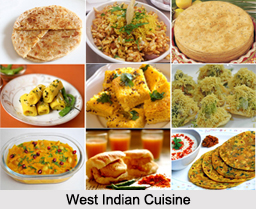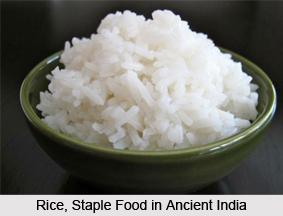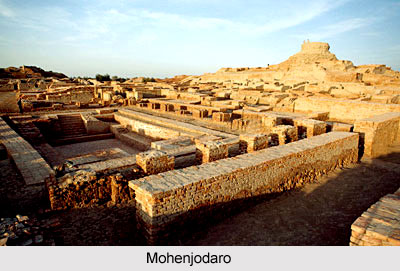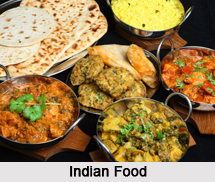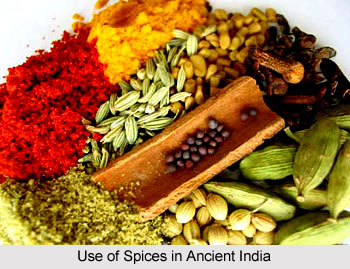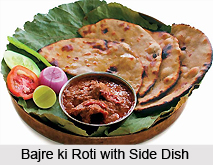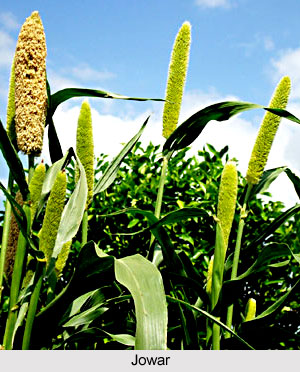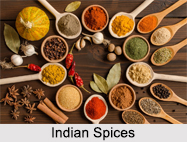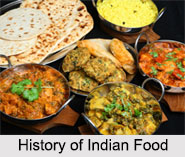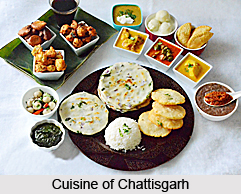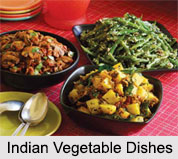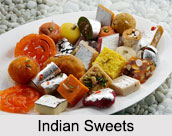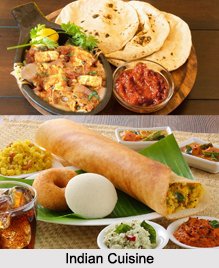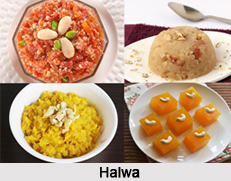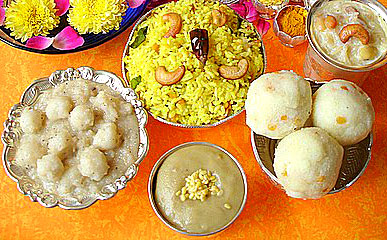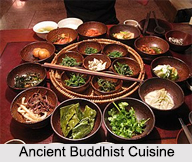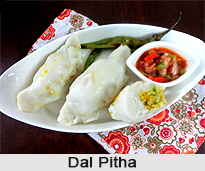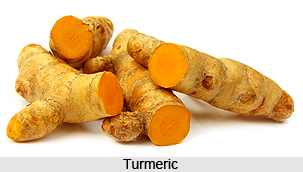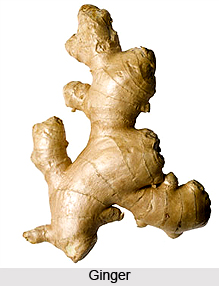 Ginger is considered to be one of the most important and indispensable spices of Indian culinary practices. It is hugely praised for its use in cookery, medicines and Ayurveda and in some cases it is also used for some therapies. There are many varieties of ginger. Generally, the more pungent versions are more effective for therapeutic or medicinal uses, while the milder versions would suffice for culinary purposes.
Ginger is considered to be one of the most important and indispensable spices of Indian culinary practices. It is hugely praised for its use in cookery, medicines and Ayurveda and in some cases it is also used for some therapies. There are many varieties of ginger. Generally, the more pungent versions are more effective for therapeutic or medicinal uses, while the milder versions would suffice for culinary purposes.
In India, ginger is found in various forms like oils, pickles, candies and syrups. Ginger is also available in bleached or unbleached and in powder forms. Ginger is cultivated in Indian states. like Andhra Pradesh, Arunachal Pradesh, Bihar, Chhattisgarh, Gujarat, Haryana, Himachal Pradesh, Jammu and Kashmir, Karnataka , Kerala, Meghalaya, Odisha, Rajasthan, Tamil Nadu and West Bengal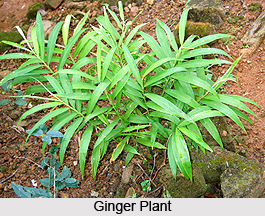
Etymology of Ginger
Ginger holds the botanical name "Zingiber officinale" and belongs to the "Zingiberaceae" family. This plant is called in different names in different Indian languages like ginger is called "Ada" in Bengali and Oriya, "Adu" in Gujarati, "Adrak"` in Hindi, Punjabi and Urdu, "Shunti" in Kannada, "Inji" in Malayalam and Tamil, "Ale" in Marathi, "Adraka" in Sanskrit and "Allam" in Telugu.
Properties of Ginger
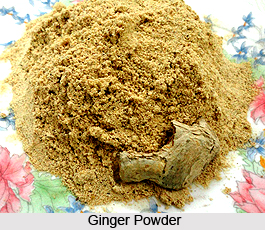 The composition of ginger entails that it has a healthy balance of Carbohydrates, Fat, Protein, Vitamin, Calcium and minerals. Among the different types of ginger some contain the properties like anti-bacterial, anti-inflammatory, anti-parasites, to stimulate appetite, etc.
The composition of ginger entails that it has a healthy balance of Carbohydrates, Fat, Protein, Vitamin, Calcium and minerals. Among the different types of ginger some contain the properties like anti-bacterial, anti-inflammatory, anti-parasites, to stimulate appetite, etc.
Use of Ginger in Cuisine
Fresh ginger is essential to India cookery. It is used in pickles, chutneys and curry pastes and the ground dried root is a constituent of many curry powders. Tender young ginger can be sliced and eaten in salad. Sometimes green sprouts from the ginger roots are finely chopped and added to a green salad. Ginger is also used in puddings, jams, preserves and in some drinks like ginger tea. Ginger is mostly used by the people of West Bengal, Punjab, Andhra Pradesh and some other states to prepare spicy delicacies. Preserved ginger is eaten as a confection, chopped up for cakes and puddings, and is sometimes used as an ice-cream ingredient.
Use of Ginger in Medicine
Apart from being a major culinary ingredient in Indian spices, the traditional Ayurvedic Medicine has been considering ginger since the ancient ages and is being recommended effective for many gastrointestinal and blood diseases. It is used for abdominal bloating, coughing, vomiting, diarrhoea, and for the treatment of inflammatory joint diseases, such as arthritis and rheumatism.
Ginger, the Indian spice is not only reckoned as having culinary uses, it is also considered as having immense properties related to cure diseases according to the alternative medicines.
